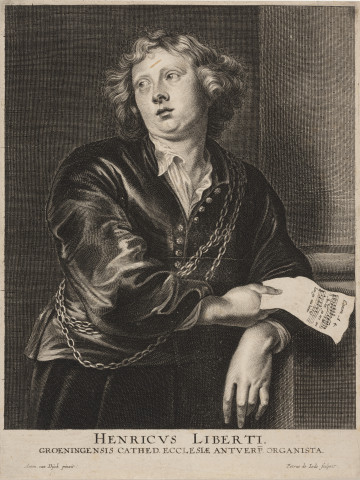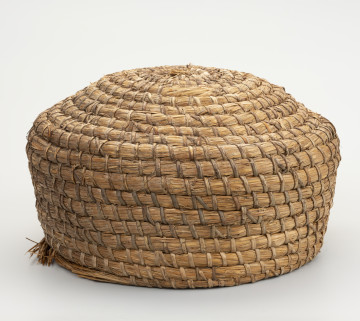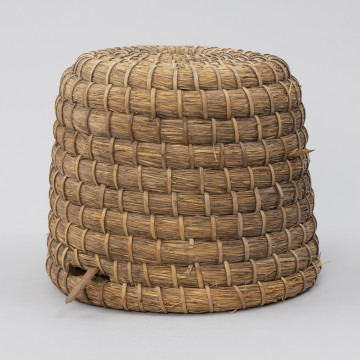
Portrait
circa 1632
National Museum in Szczecin
Part of the collection: European classics of modernity
Cape Reddevitz (Reddevitzer Höft), which was recognised as the familiar-sounding Redowice in the famous Atlas nazw geograficznych Słowiańszczyzny Zachodniej [The Atlas of Geographical Names of Western Slavs] (1935) by the priest canon Stanisław Dołęga Kozierowski, is a promontory protruding westwards into the Baltic Sea from the rugged peninsula of Mönchgut (Monks). In the early Middle Ages this land was inhabited by the Ranas, a Slavic tribe conquered in the autumn of 1165 by the Saxon-Bavarian Duke Henry the Lion, who introduced Christianity with Scandinavian help. The collapse of the pagan stronghold - just like the end of the Ruritanian capital Arkona three years later - was described by the Dane Saxo Grammaticus (Gesta Danorum, 1185 - c. 1222, ed. 1514) and the Saxon Helmold (Chronica Sclavorum, 1163-1172, ed. 1556). Before regular archaeological research was undertaken, the colourful chroniclers' accounts were referred to by the first modern lovers of Elbe antiquity, led by Zygmunt Ignacy Kraszewski and Ludwig Giesebrecht. The latter, author of Wendische Geschichten (1839) read by Kraszewski, editor of the journal Baltische Studien and first secretary of the Society for History and Antiquities of Pomerania (Gesellschaft für pommersche Geschichte und Altertumskunde) with branches in Szczecin and Greifswald, contributed to the collection of the oldest memorabilia. More than a century after its foundation, in December 1927, the Society's collection was handed over to the Regional Council. A year later they became the property of the newly founded Provinzialmuseum Pommerscher Altertümer (Provincial Museum of Pomeranian Antiquities) in Szczecin, whose collection and building with a permanent archaeological exhibition also included the results of Max Kühn's painting expeditions. Among them was a view of Cape Reddevitz painted in May 1927.
Szymon Piotr Kubiak
Author / creator
Dimensions
cały obiekt: height: 65,5 cm, width: 96 cm
Object type
painting
Creation time / dating
Creation / finding place
Identification number
Location / status

circa 1632
National Museum in Szczecin

1965
National Museum in Szczecin

1890 — 1910
National Museum in Szczecin
DISCOVER this TOPIC
Museum of King Jan III's Palace at Wilanów
DISCOVER this PATH
Educational path